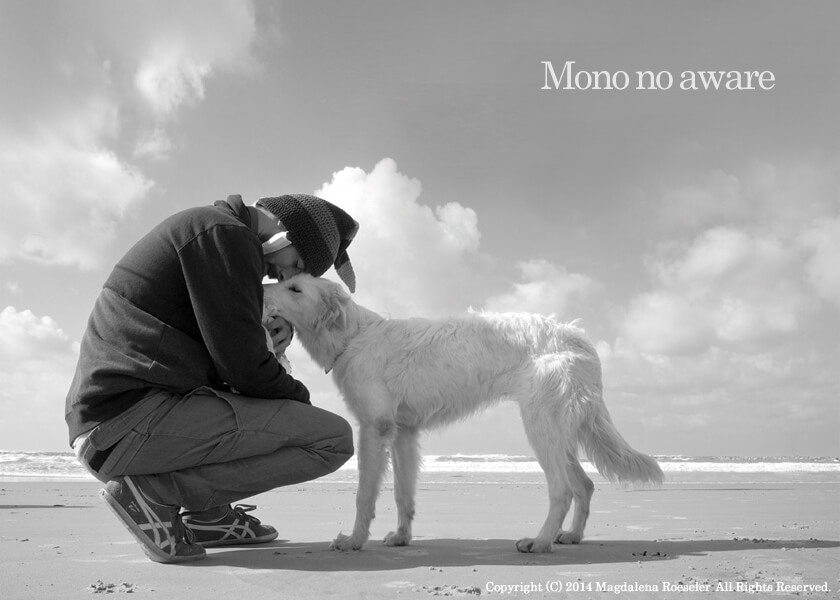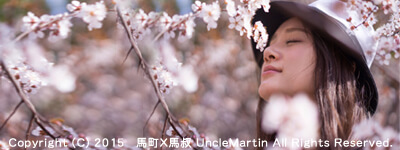Lesson
News / Blog
Other Menus
Mono no aware

Mono no aware
“Mono no aware” is the key literary and aesthetic notion in the study of dynastic style literature in the Heian period, and was also the origin of many Japanese aesthetic senses formed later on. Mono no aware (literally the pathos of things, and also translated as empathy toward things, or sensitivity to ephemera) tends to be simply considered a kind of feeling toward an object. However mono no aware consists of various feelings automatically welling up, by perceiving something mysterious about an object, which is contained in its inherent characteristics; they are not what we feel actively, but only passively. “Aware” was a Heian period expression of measured surprise (similar to “ah” or “oh”), translating roughly as pathos, poignancy, deep feeling, sensitivity, or awareness. Thus, mono no aware has frequently been translated as the “ahh-ness” to things, life, and love. The heart, which can perceive something mysterious about an object and understand various feelings automatically welling up, was considered beautiful in Japan. The idea that everything naturally has something mysterious is typical of the Japanese people, who believe that god resides in everything.


Reference Book
 |
|
Zen and Japanese Culture (English Edition) 新品価格 |
![]()

